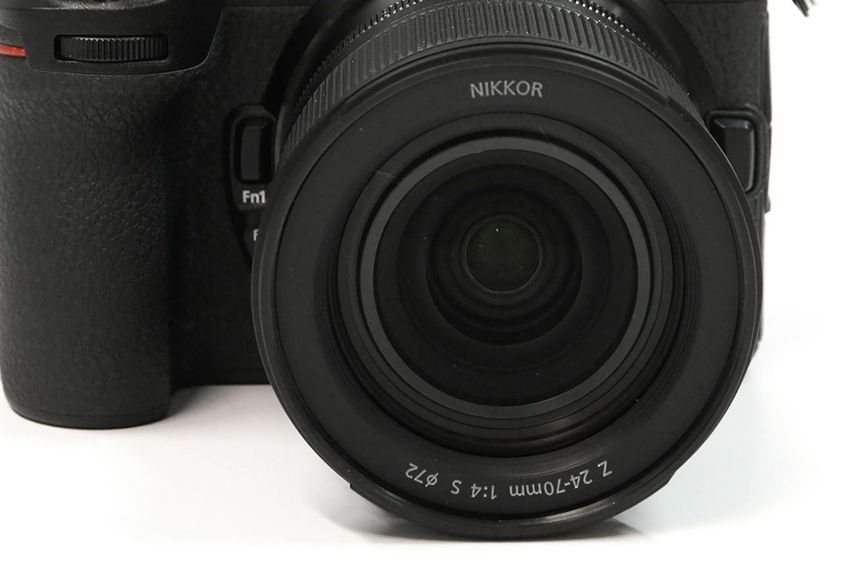Aug 9, 2019
A Mexican Physicist Solved a 2,000-Year Old Problem That Will Lead to Cheaper, Sharper Lenses
Posted by Genevieve Klien in category: materials
It’s a problem that plagues even the priciest of lenses, manufactured to the most exacting specifications: the center of the frame might be razor-sharp, but the corners and edges always look a little soft. It’s a problem that’s existed for thousands of years with optical devices, and one that was assumed to be unsolvable until a Mexican physicist developed a mind-melting formula that could revolutionize how lenses are manufactured.
On paper, a curved glass lens should be able to redirect all the rays of light passing through it onto a single target known as its focal point. But in the real world, it just doesn’t work that way. Differences in refraction across the lens, as well as imperfections in its shape and materials, all contribute to some of those light rays, especially those entering the lens near its outer edges, missing the target. It’s a phenomenon known as spherical aberration, and it’s a problem that even Isaac Newton and Greek mathematician Diocles couldn’t crack.


















